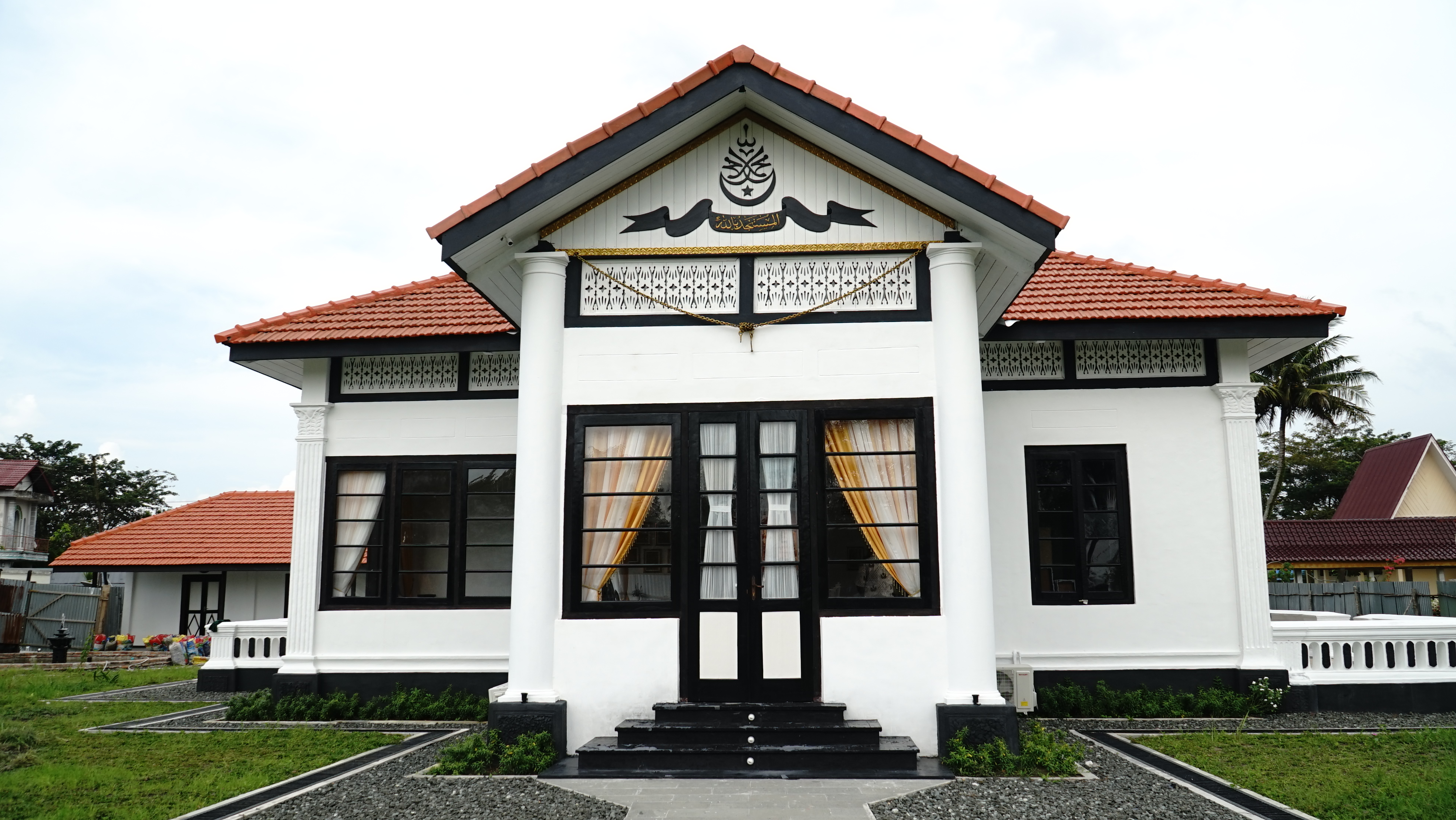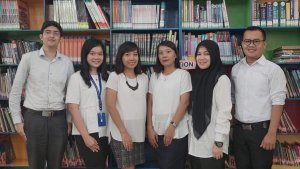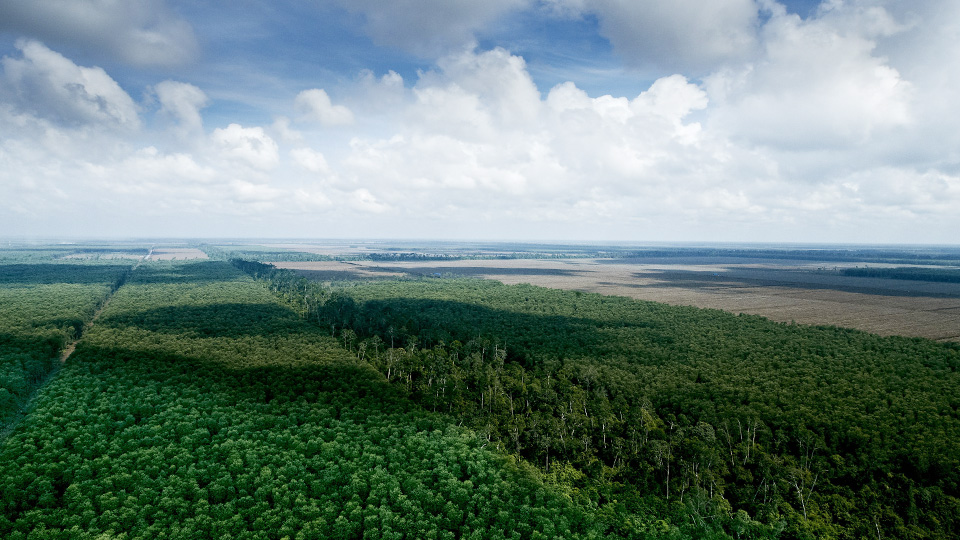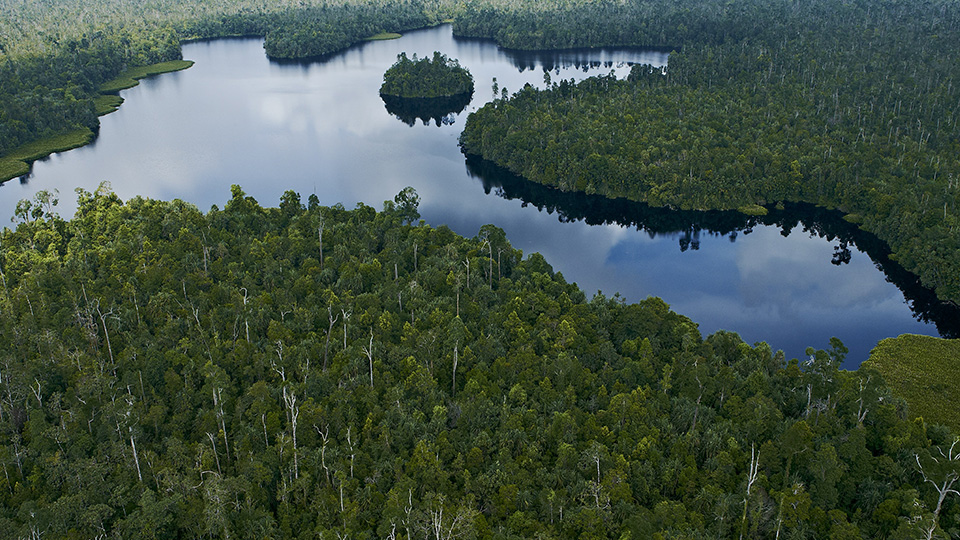Our Heritage, Our Pride and Joy
- Details
Recognized as the center of Malay culture in Indonesia, Riau is preserving its cultural heritage via sustainable tourism programs.
Its situation in the central-eastern coast of Sumatra and located along the Malacca Strait has given Riau an advantage. For centuries, merchants and traders have visited Riau. Kingdoms and sultanates flourished amid its rich and diverse landscapes. Its rich history also gives way to a highly diverse population, with communities tied to several ethnic groups: Malays, Javanese, Chinese, Minangkabau, Batak, Buginese, and Banjarese identify themselves as Orang Riau. These priceless cultural assets are the heritage of Riau, and efforts in preserving them have been underway in recent years, especially the revitalization of Malay culture as the province’s identity.
As the world's largest archipelagic nation, whose unity depends on how it values diversity, the various ethnic backgrounds that make up the country's population and culture are essential elements that determine Indonesia's survival. The story of Indonesia's independence celebrates diversity amid adversity. Among the government's chief responsibilities is its commitment to preserving the people's varied customs and traditions.
The Malay legacy of Riau is an identity that needs to be celebrated through its architecture, literature, history, tradition, cuisine, and many more.
Recently, Riau’s traditional headscarf, Tanjak Melayu, made headlines after an online celebrity was caught wearing it inappropriately. The headscarf is an important icon that illustrates the region's power and influence in the past, which today serves as a token of respect and pride. Customarily, royal members of Riau’s sultanate and highly regarded members of society wear the headscarf.
Another example of Malay culture historical significance is embodied in the grandeur of Siak Sri Inderapura Palace. It is a testament to the power and influence of the Sultanate of Siak. Sultan Abdul Jalil Rahmat Shah, fondly known as Raja Kecil, founded the sultanate in 1722. At its peak, the sultanate was a dominant power on the eastern coast of Sumatra due to its trade control of the surrounding Melaka Straits. However, the Dutch and British colonializations changed the sultanate's influence. After 1824, the sultanate even became a protectorate of the Dutch. In 1945, the last Sultan of Siak, Syarif Qasim II, declared his allegiance to the Republic of Indonesia.
The remains of this golden period have withstood the test of time. The Siak Palace, with its Malay, Arabic and European influences, is now a museum and one of the most visited heritage tourism destinations in Riau. The vast complex housed several palaces, including Istana Peraduan, a leisure palace belonging to the last reigning Sultan. The palace was built in 1915, and furnished with the best-imported materials from Europe. It served as a place for Sultan Syarif Qasim II and his family to rest and receive official visits.
After the sultan passed away, the palace was used only for a small number of ceremonial events. However, the palace remains intact and its architectural design serves as a source of reference for many historians and scholars. Recently, the palace underwent a makeover process led by PT Riau Andalan Pulp and Paper (PT RAPP) with the express purpose of restoring it to its former glory. The operating arm of APRIL Group, PT RAPP recognizes the historical and cultural significance of Istana Peraduan for Siak and the province of Riau. The restoration took eight months to finish, covering the interior and exterior parts of the palace. The interior work remains faithful to the original design, reconstructing the living room, family room, master bedroom or bilik peraduan, dining room, in-between room, and diorama room with great care and attention to details. The renovation is part of PT RAPP's acknowledgment of the critical role of cultural heritage in creating a proud sense of identity.

Istana Peraduan Siak
Only by integrating these legacies and Riau’s natural environment within a responsible tourism framework can a destination be protected, preserved and referred to as sustainable.
“To appreciate our own arts and culture is to preserve our identity,” said Sri Mekka, the Head of Riau’s Museum and Cultural Parks, a local agency which operates under the Ministry of Education and Culture. “It is our mission as part of the administration of Riau Province to develop and promote our region’s arts and culture. We are working closely with Riau’s Department of Tourism and Economy to improve the socio-economic welfare of our communities.”
Ultimately, sustainable tourist development has been recognized as the motor to promote and protect cultural heritage. Siak Regency’s responsible heritage management and multi-stakeholders’ involvement, including private sector, is a fine example of how collaboration benefits all parties. The same approach can be applied in Indonesia’s other regencies, where culture is an asset and heritage preservation has become more crucial than ever before.
“Indonesia needs a development and conservation strategy to protect our nation’s heritage,” said Mohammad Sofwan Effendi, the Human Resources Director at the Indonesian Ministry of Education and Culture, as quoted by Antara News in February, 2021. “This is our collective responsibility.”
More Articles






